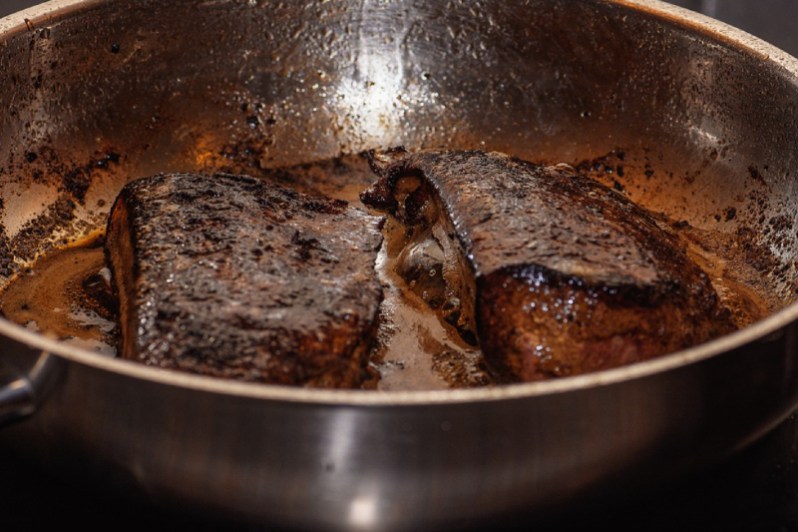
What foods are high in iron? We all know that iron is important for a healthy, balanced diet, but did you know you can find two different kinds of iron in food: heme and non-heme. Your body can absorb iron from heme (animal-based) food better than from non-heme (plant-based) food sources. Where can you find heme food sources? Read on to find out about foods high in iron.
If you eat a plant-based diet, you’ll get a lot of non-heme types of iron. As a result, your body might need a bit of help to absorb it properly. Sometimes vitamin C can aid with the absorption of plant-based kinds of iron. Regularly consume both plant and animal-based sources of iron to get the best of both for your body.
What is iron?
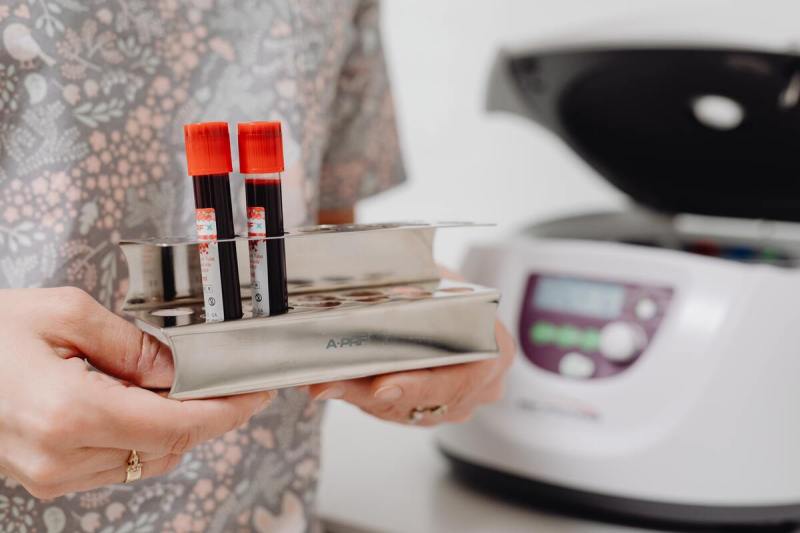
Iron is an essential mineral. Without it, your body won’t grow or develop. It makes up your hemoglobin, which carries oxygen from your lungs to every area of your body. Everyone needs iron as they age, starting in childhood. Boys and girls need about the same amount until adolescence. Depending on their ages, this can be between seven and 11 milligrams (mg) of iron every day.
During the teen years, girls need a bit more iron than boys. Due to iron loss during their monthly menstruation cycle, teen girls should get at least 15 mg daily. Boys do fine with a bit less, around 11 mg each day.
Average adult men of any age need around 8 mg daily. Those with heavy workouts or who run long miles may need more. Women with a monthly period continue to lose approximately 70% of iron, so they should aim for at least 18 mg a day. Again, female runners and athletes need a bit more. After menopause, women do fine with around 8 mg of iron daily.
Adult transgender men and women who have medically transitioned should get daily iron doses of about 8 mg.
As always, no matter who you are, discuss your iron and other dietary needs with your primary care physician or a registered dietician. They’ll be able to better assess your needs based on specific levels in your blood and personal habits.
4 benefits of proper iron consumption
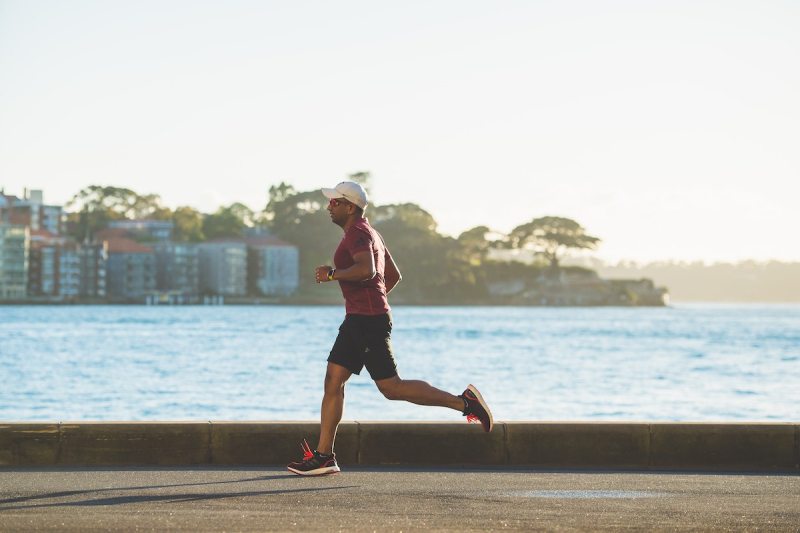
1. Improves brain function
Brains develop better with healthy iron levels in the body. Hemoglobin, fueled by iron, helps get oxygen to the brain, where 20% of it is used. This means a healthy brain is an oxygen-rich brain. Oxygen triggers cognitive activity and helps to form new pathways. These new neural actions prevent certain disorders and cognitive irregularities.
2. Relieves anemia
If you’ve been diagnosed with anemia, this means your body has low iron reserves. This iron deficiency can be genetic or the result of heavy periods. No matter the cause, your blood doesn’t have enough oxygen. This can cause you to suffer from brittle nails, fatigue, and dizziness, among other symptoms.
3. Boosts energy levels
Lots of men and women suffer from chronic fatigue. This can be the result of anemia or other medical issues that come about when a person’s healthy supply of iron is depleted. Getting iron into your body can help eliminate this heavy fatigue and return some energy to your system.
4. Strengthens immune system
Iron is vital in a body’s ability to fight infection and disease. Red blood cells are often the first line of defense when your body is attacked. Therefore, they must come equipped with enough oxygen to aid and repair your damaged cells, organs, and tissues. Otherwise, your blood is weakened, and healing is less likely to happen.
What drinks are high in iron?
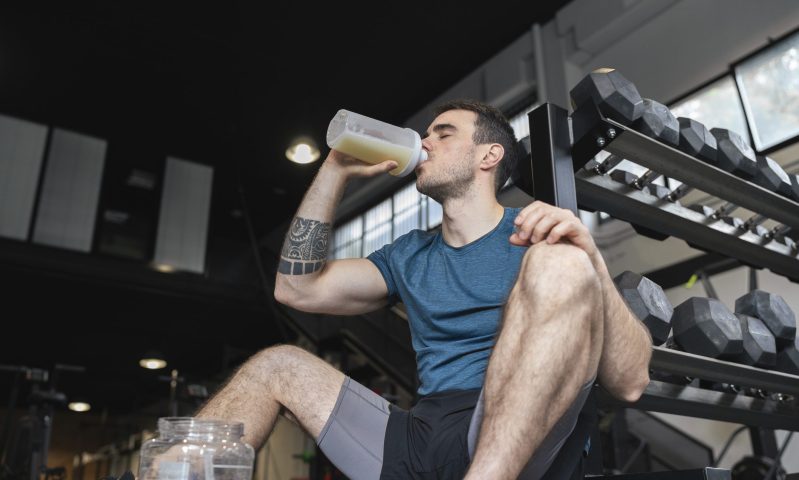
1. Prune juice
Made with dried plums, you’ll get around 1.18 mg of iron in each cup of prune juice. This will help increase your energy levels without spiking your blood sugar. Prune juice also helps prevent constipation, which is an unfortunate side effect of too much iron. In addition, it helps keep you regular and softens the stool in bowel movements. If the taste is not to your liking, mix it with a little bit of pineapple juice to improve the flavor.
2. Shakes
Some people like to get iron-fortified whey protein or other powders to add to their shakes. A scoop of pea protein comes with a whopping 30% of the daily value for iron. You can add that to your shake in an unsweetened form, so you aren’t increasing daily calorie consumption. Other ingredients you can add to shakes include almond or oat milk. Use cashew butter to make them extra creamy. These ingredients also help your body absorb iron better than cow’s milk.
3. Smoothies
This is often the easiest and quickest way to get iron from different sources into your system. You can even make them ahead of time and keep them in the fridge or freezer for when you want them. The following ingredients make tasty smoothies with plenty of needed iron for your system:
- Spinach
- Kale
- Raspberries
- Coconut
- Cashews
- Ground-up flaxseed or flaxseed meal
- Sesame
Which fruits and vegetables are high-iron foods?
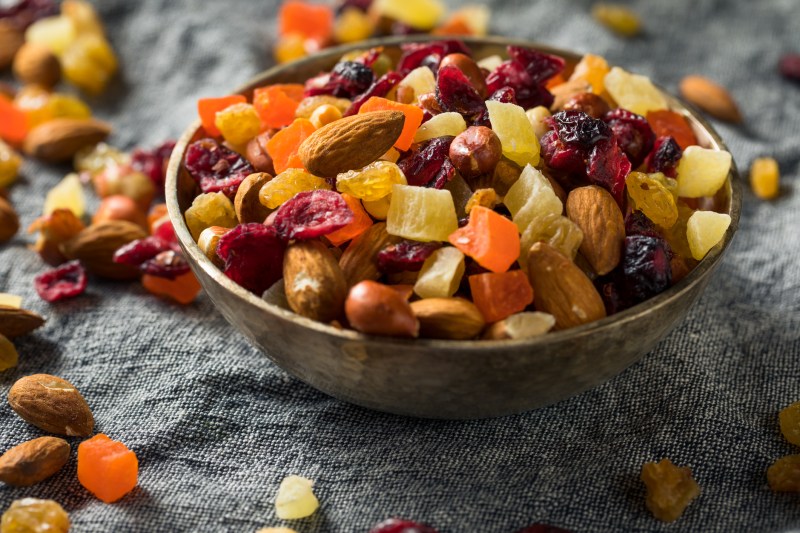
1. Raisins
Toss raisins on top of oatmeal, pudding, or cereals. Eat celery with peanut butter and raisins for an iron-rich snack. Or eat them plain for a healthy treat!
2. Figs and dates
Add dates and figs to your cereal or oatmeal in the morning or salads the rest of the day. You can also add them to sandwiches, wraps, or favorite pasta dishes. Some people love to mix them with gorgonzola and walnuts for a mid-afternoon snack.
Consider these side dishes if you want your meal to pack an iron-rich punch. Fresh varieties add taste and lots of iron goodness to each meal:
- Broccoli
- Kale, collard greens, and spinach
- Green beans
- Potatoes
- Cabbage
- Tomatoes (in paste or sauce form)
- Brussels sprouts.
Is meat high in iron?
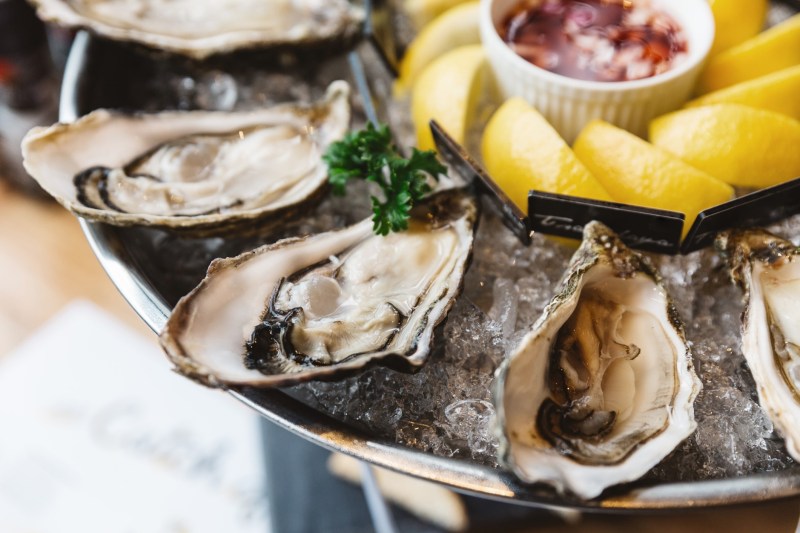
As a rule, meat comes with iron that’s easily absorbed by your body. The redder the meat, the more iron-rich it will be. Some great animal-based sources of iron include:
- Lean beef
- Liver
- Oysters
- Turkey
- Chicken
An example of a high-iron meal
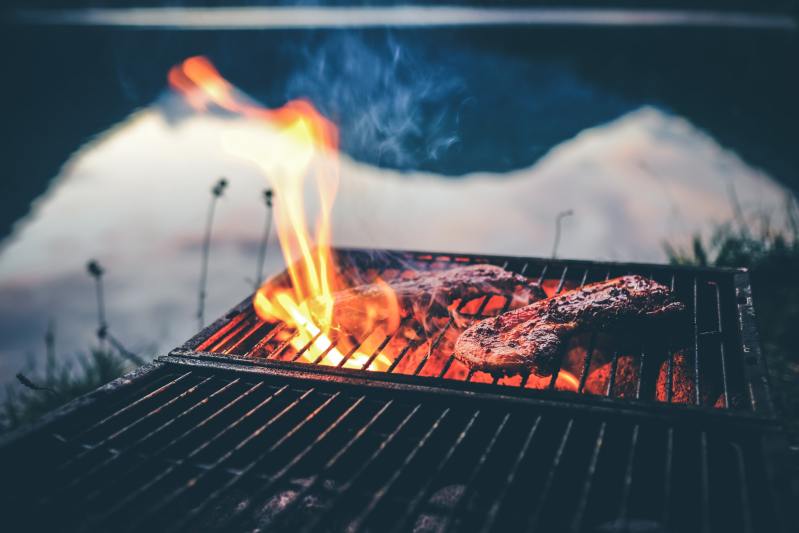
Skillet steak with peas and mushrooms
Ingredients
- 12 ounces boneless beef top sirloin steak
- 2 teaspoons low-sodium seasoning
- 2 cloves garlic, minced
- 1/2 teaspoon salt
- 2 teaspoons vegetable oil
- 6 ounces broccolini, chopped
- 2 cups peas, frozen or fresh
- 1 teaspoon thyme, fresh
- 3 cups mushrooms, fresh and sliced
- 1 cup low-sodium broth
- 1 tablespoon mustard
- 2 teaspoons cornstarch
Directions
- Preheat the oven to 350 degrees Fahrenheit.
- Cut the steak into about 1-inch thick strips and trim the fat.
- Sprinkle it with seasoning, salt, and garlic.
- Heat oil in a 12-inch cast-iron skillet over medium heat.
- Add the steak and broccolini.
- Cook for four minutes, turning only the broccolini halfway through.
- Place (frozen) peas around the steak and sprinkle with thyme.
- Transfer to the oven and bake for eight minutes or until the steak is medium-rare.
- Move to a plate (leave excess sauce in the pan); cover and keep warm.
- Add mushrooms and fresh peas to the drippings in the pan.
- Cook over medium-high heat for three to four minutes, stirring occasionally.
- Mix broth, mustard, and cornstarch in a separate bowl before adding to the pan with the mushrooms.
- Cook for a couple of minutes until it gets thicker.
- Serve separately or cover the steak and veggies with the sauce to serve together.
This delicious and simple meal will give you and your guests plenty of protein (26 g), fiber (4 g), and iron (3 mg).
Frequently asked questions
How much iron should I get per day?
That depends on your age and gender, among other factors. Generally speaking, you need around 8.7 mg each day if you’re a man over the age of 18. If you’re a woman, you’ll need more than 14 mg a day until menopause, when the number goes down to 8.7 mg each day.
What does iron do for the body?
Iron helps get oxygen from your lungs to the rest of your body. In addition, it’s a vital ingredient in hemoglobin, the protein that lives in your red blood cells. Without it, your brain, energy levels, and immunity suffer.
How do I get more iron?
Add it to your diet. The following foods, regularly eaten, will provide you with needed iron daily.
- Red meat
- Seafood
- Pork
- Legumes
- Poultry
- Spinach
- Kale
- Raisins
- Figs
- Peas
- Iron-fortified bread and cereals
Can I get too much iron?
Yes, you can absolutely get too much iron. While iron is an essential mineral for many bodily functions, excessive iron levels can lead to a condition called iron overload or hemochromatosis.
Hemochromatosis is a genetic disorder in which the body absorbs too much iron from food. Even a normal diet can lead to iron overload in people with this condition. Taking high-iron supplements or consuming large amounts of iron-fortified foods over a long period can also lead to iron overload, even in people without hemochromatosis.
If you’ve taken too much iron, you may experience these symptoms:
- Fatigue
- Weakness
- Abdominal pain
- Joint pain
- Liver problems
Should I take iron supplements?
Talk to your healthcare provider or a nutritionist about iron supplements. Sometimes, they can come with side effects like constipation. To prevent this, take gentle iron supplements that slowly dissolve all day rather than all at once. You can also increase fiber in your diet or drink more water. This will help keep your bowel movements regular and softer.



